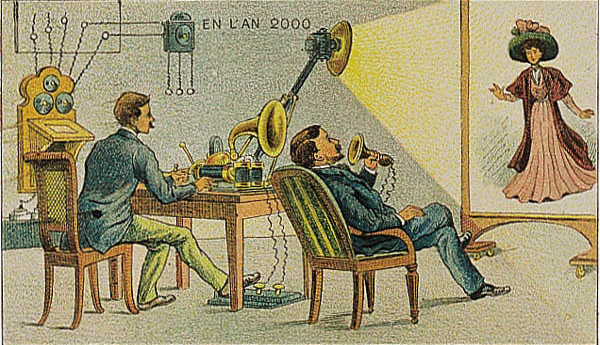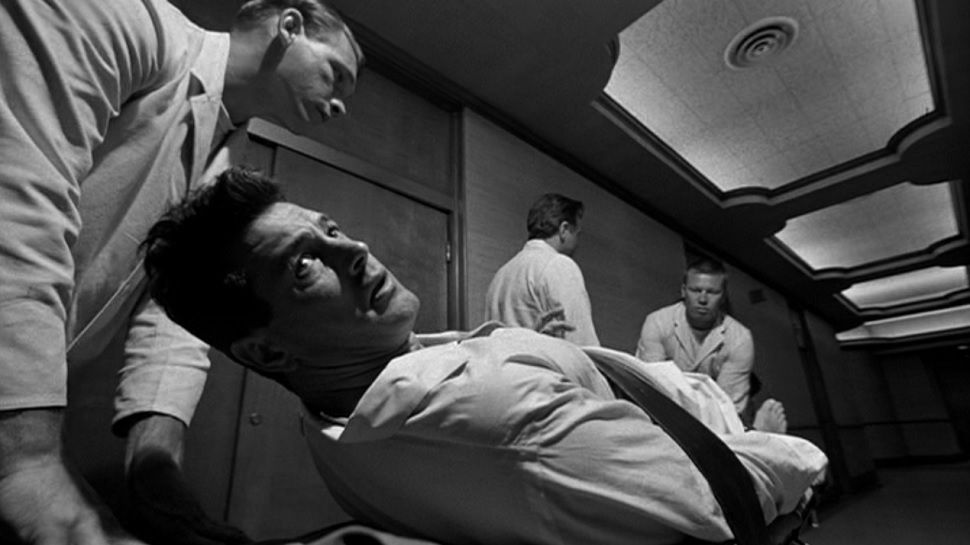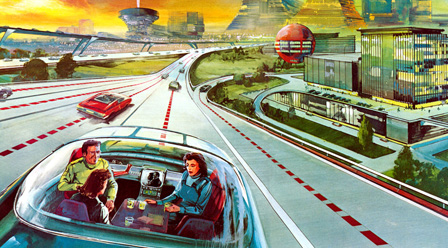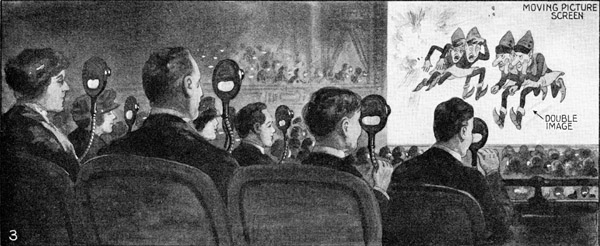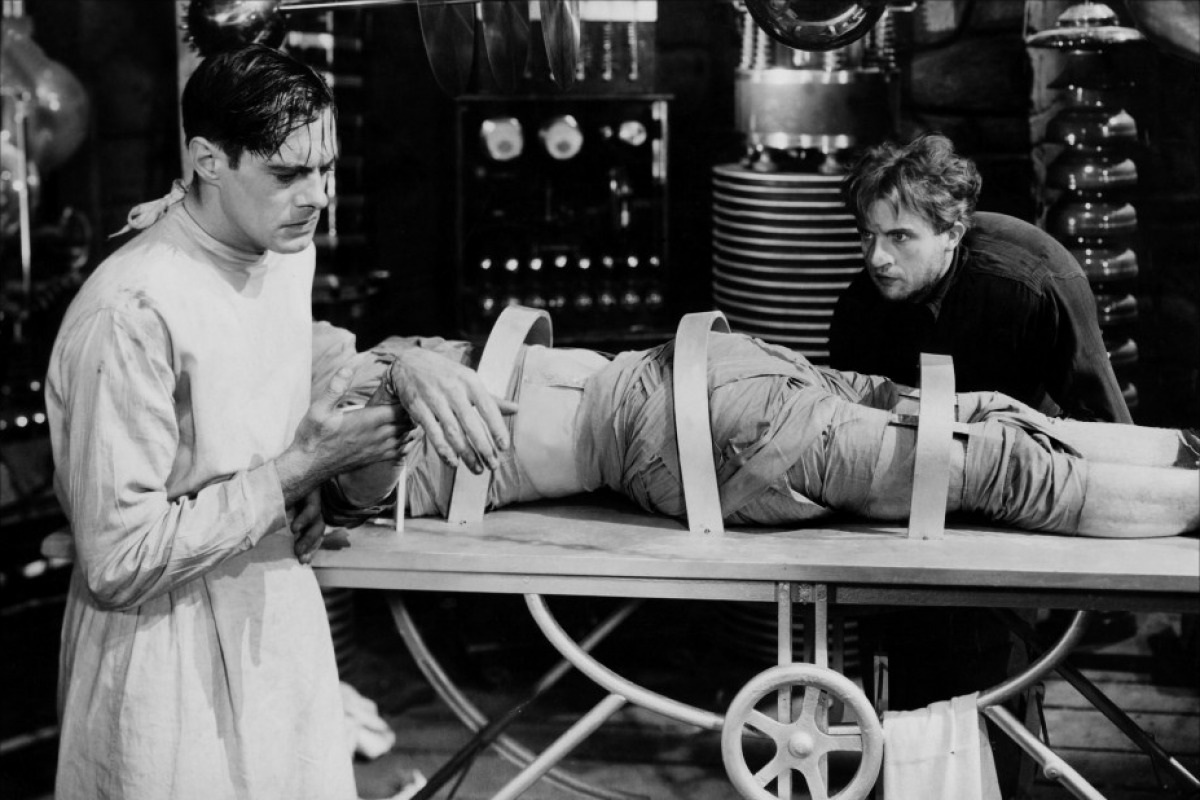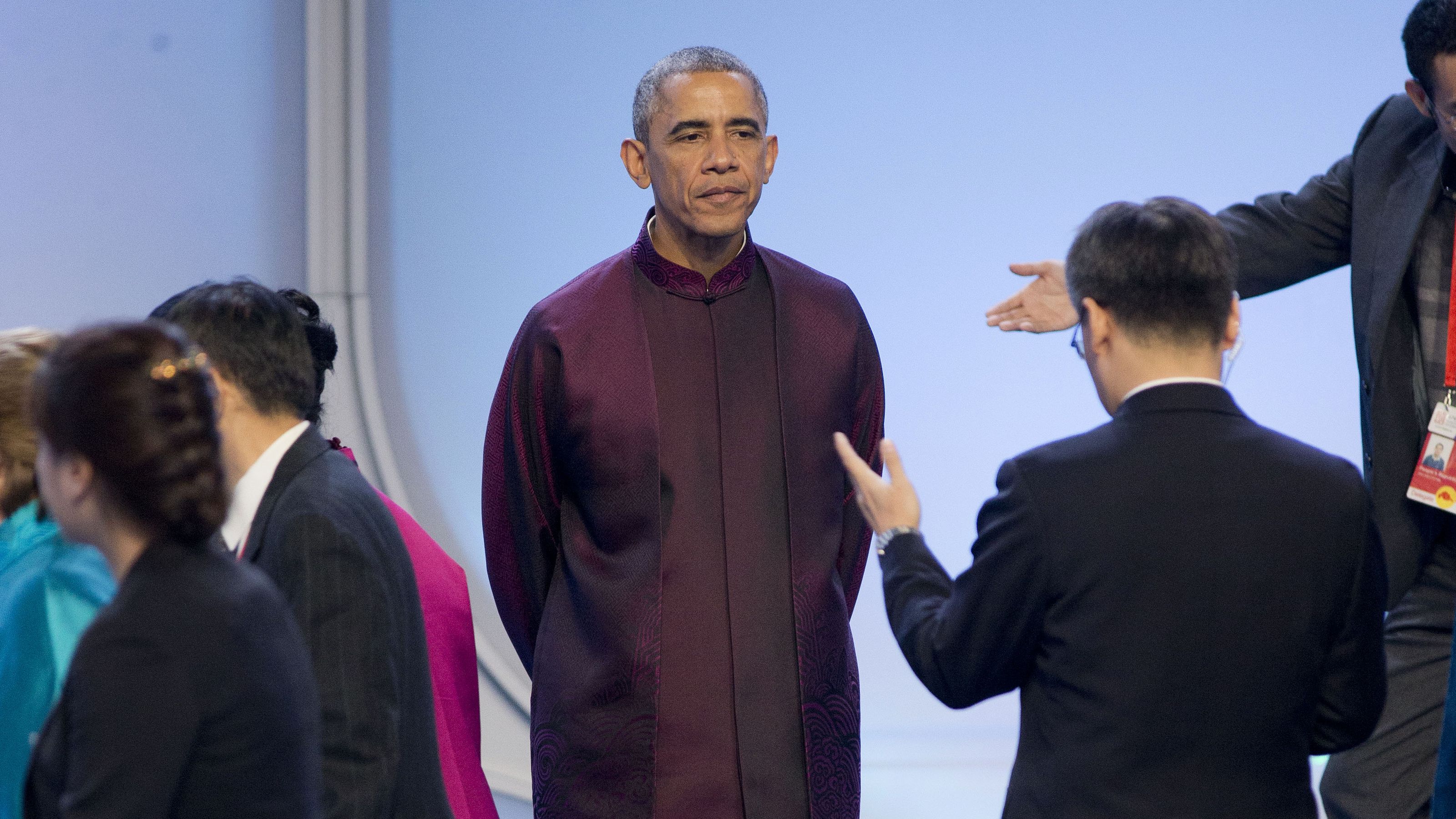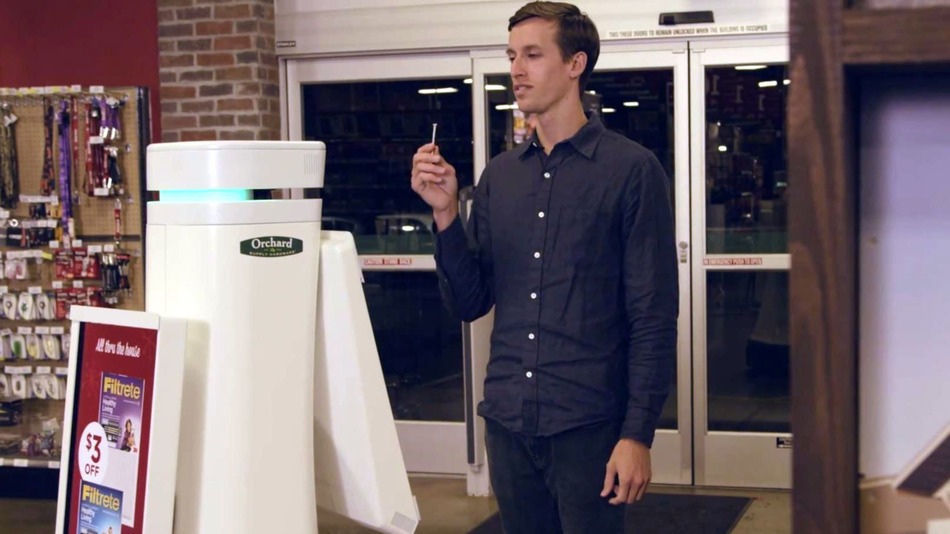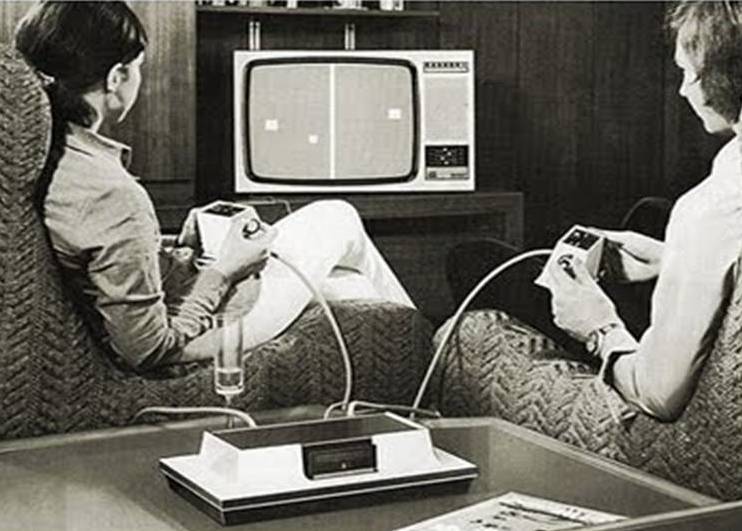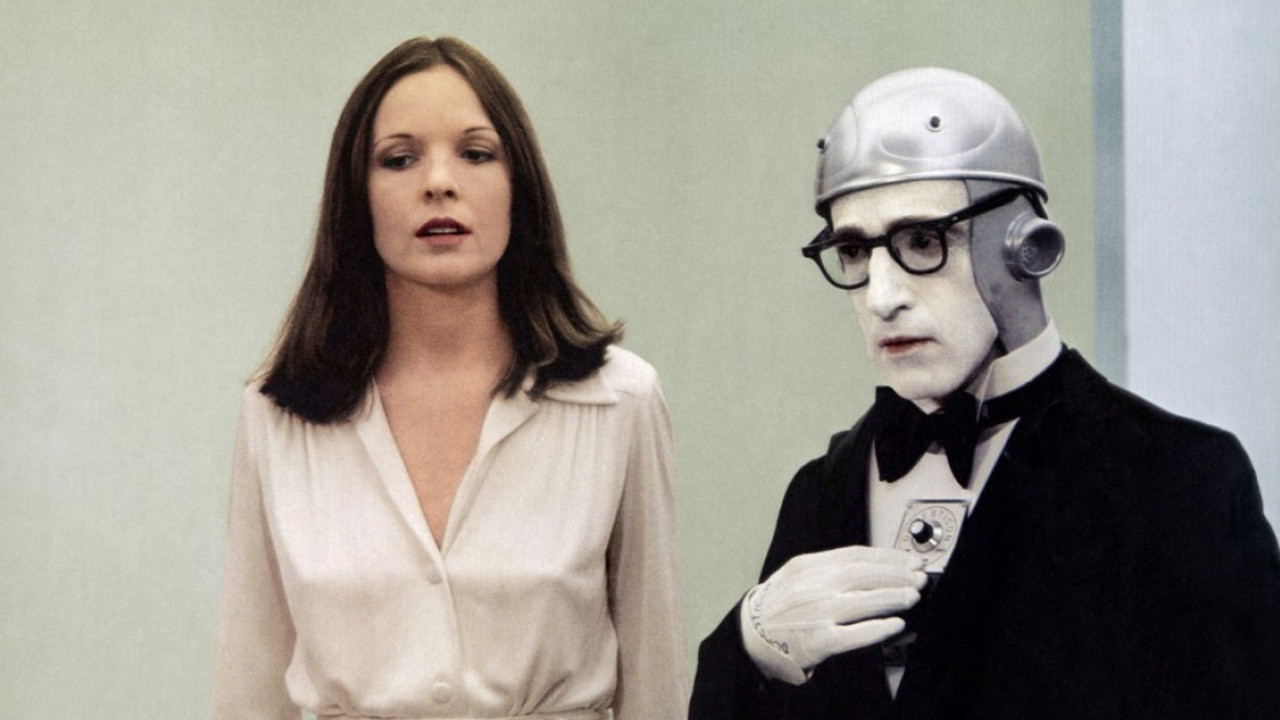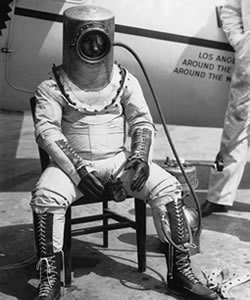Neil Irwin of the “Upshot” blog at the New York Times suggests that American wage stagnation and the lag in hiring are being driven not by market conditions but by a mentality. An excerpt:
“So any employer with a job opening should have no problem hiring. If anything, the ratio of openings to hiring should be lower than it was in the mid-2000s, not higher.
Here’s a theory to try to make sense of the disconnect: During the recession, employers got spoiled. When unemployment was near 10 percent, talented workers were lined up outside their door. The workers they did have were terrified of losing their jobs. If you put out word that you had an opening, you could fill the job almost instantly. That’s why the ratio of job openings to hires fell so low in 2009.
As the economy has gotten better the last five years, employers have had more and more job openings, but have been sorely reluctant to accept that it’s not 2009 anymore in terms of what workers they can hire and at what wage.
Yes, unemployment is still elevated, but workers aren’t in nearly as desperate a position as they were then. So to get the kind of talented people they want, employers are going to have to pay more (or offer better benefits or working conditions) than they would have not that long ago.”



